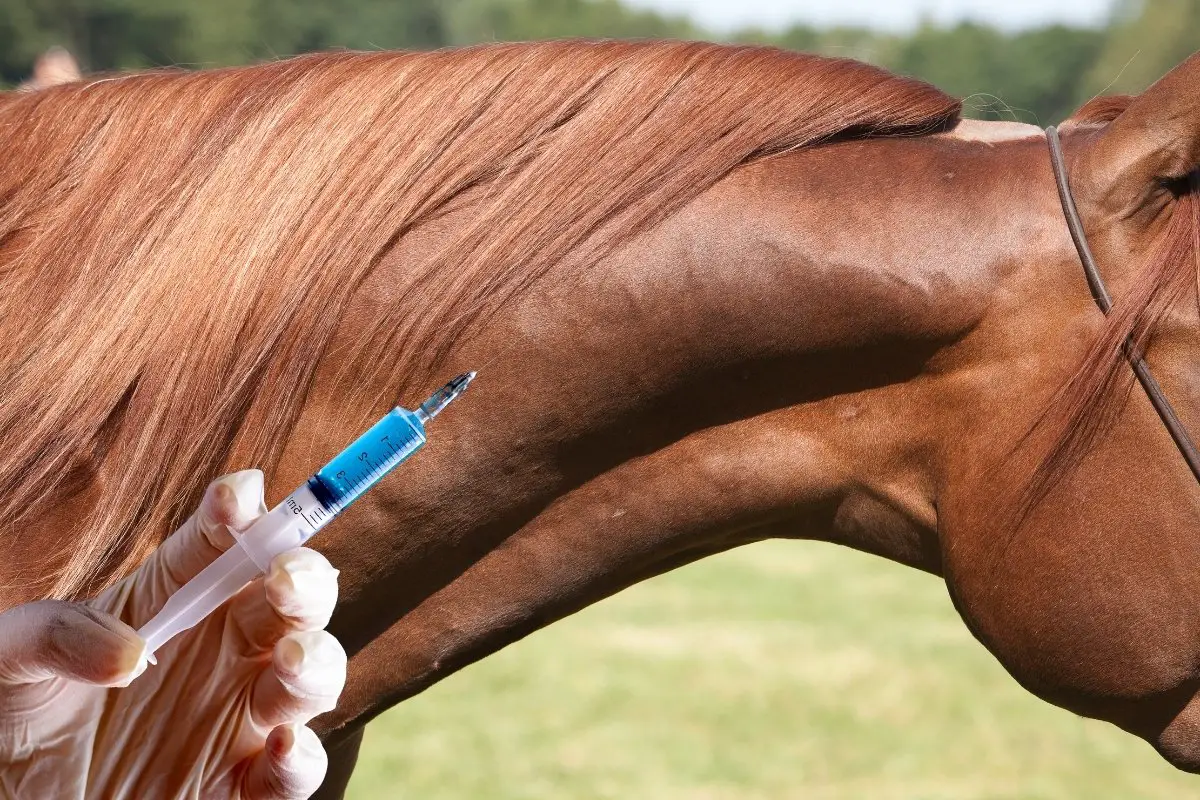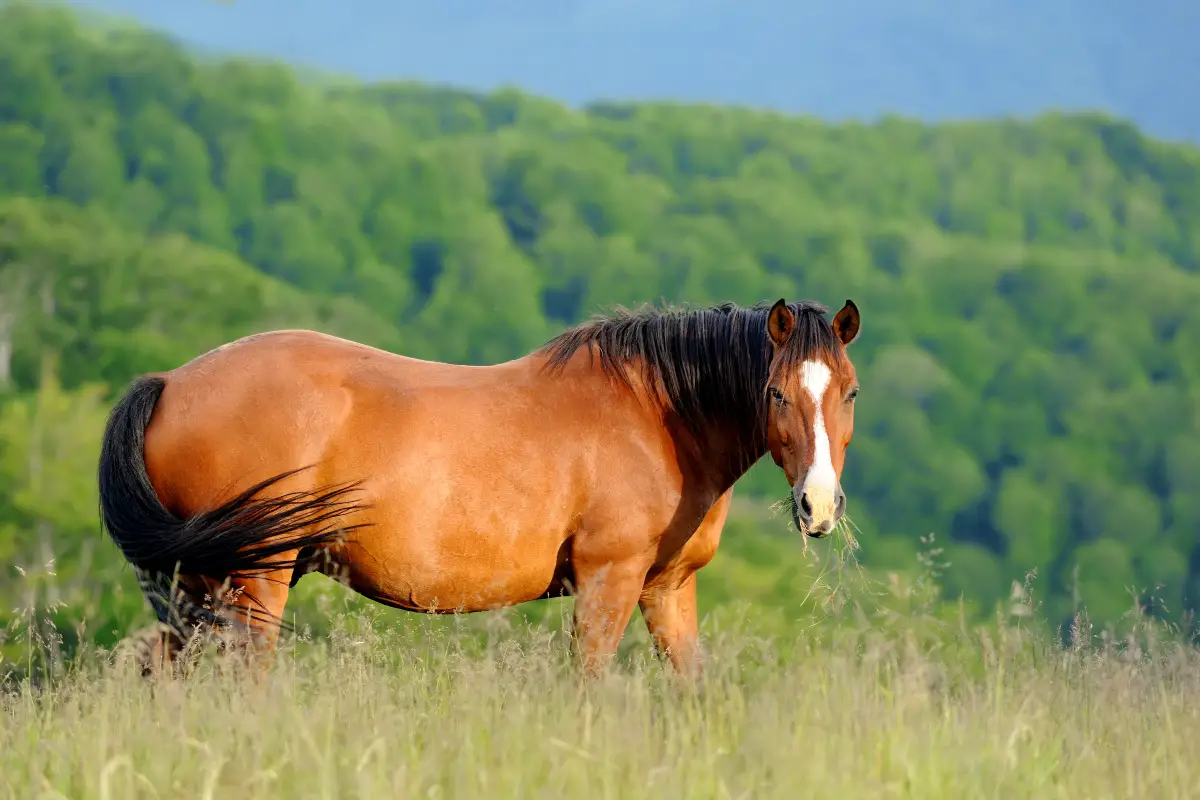Acepromazine, commonly referred to as “Ace,” is a widely used tranquilizer in the equine industry. Understanding the correct acepromazine dosage for horses is crucial for their safety and well-being. As a responsible horse owner or caretaker, it is essential to grasp the fundamentals of this medication, how it should be administered, and the appropriate dosages for various situations.
Acepromazine Safety for Horses
Before delving into the specifics of dosing, let’s highlight the importance of acepromazine safety for horses. This tranquilizer is favored for its reliable sedative effects, but it must be used judiciously. It can lower blood pressure and has the potential to cause penile prolapse in stallions. Therefore, it is paramount to consult with a veterinarian before administering acepromazine to ensure it is safe for your horse’s particular health profile.
Calculating Ace Dose for Horses
Calculating ace dose for horses involves several factors, including the horse’s weight, temperament, and the level of sedation required. Typically, the dosage ranges from 0.02 to 0.1 mg per kilogram of the horse’s body weight. However, this is a general guideline, and each horse’s needs may vary. It’s essential to calculate the dose accurately to avoid under or overdosing, which could have serious health implications.
Administering Ace to Horses: A Step-by-Step Guide

Administering ace to horses requires a careful approach to ensure effective and safe sedation. Whether you’re a seasoned equestrian or new to horse care, it’s important to follow a step-by-step guide when giving oral medications.
Equine Oral Medication Guide
An equine oral medication guide is an invaluable resource for anyone tasked with administering ace. Oral administration can be tricky, as horses may resist taking medication. To ensure successful administration, mix the prescribed dose of acepromazine with a small amount of sweet feed or molasses to make it more palatable. Using a syringe without a needle, carefully dispense the medication into the horse’s mouth, aiming for the gap between the teeth.
Equine Sedative Dosing: Oral Acepromazine for Equines
When it comes to equine sedative dosing, particularly oral acepromazine for equines, accuracy is key. The tranquilizer should take effect within 30 to 60 minutes after administration, so plan accordingly. If you’re unsure about the process or the horse’s reaction, it’s always best to seek advice from a veterinarian who can provide guidance based on experience and knowledge of the horse’s medical history.
Horse Sedation Guidelines for Various Scenarios

Horse sedation guidelines can vary depending on the situation. Whether it’s for a medical procedure, grooming, or transport, understanding these guidelines ensures that your horse remains calm and safe throughout the process.
Sedating a Horse for Transport
- Check with a vet: Before sedating a horse for transport, consult with a veterinarian to confirm that sedation is necessary and safe for the journey.
- Monitor closely: During transport, a sedated horse should be monitored closely for any signs of distress or adverse reactions to the medication.
- Prepare in advance: Administer the sedative well in advance of the journey to allow it to take full effect and reduce stress for the horse.
Horse Tranquilizer Dosage: Ensuring the Right Amount
Ensuring the right horse tranquilizer dosage is critical to avoid complications. The dose should be determined based on the horse’s size, temperament, and the intended level of sedation. Remember to never exceed the recommended dose and to adjust it as needed with the guidance of a veterinarian to maintain the safety and comfort of your horse.
Recognizing and Managing Potential Risks

While acepromazine is generally safe when used correctly, it’s essential to recognize and manage potential risks associated with its use. Being aware of the signs of an adverse reaction and knowing when to avoid using ace can prevent serious health issues.
Acepromazine Precautions and Adverse Effects
Acepromazine precautions and adverse effects should be at the forefront of any horse owner’s mind. Side effects can range from mild, such as slight disorientation, to more severe reactions like hypotension. If you notice any signs of distress, such as excessive sweating, agitation, or abnormal behavior, it is vital to contact a veterinarian immediately. These professionals can offer the necessary support and treatment to mitigate any risks.
Horse owners know that proper medication dosing is crucial for their animal’s health and wellbeing. If you’re looking for guidelines on administering Acepromazine, commonly known as Ace, you may be interested in our comprehensive guide on how much Ace to give a horse orally. Additionally, should you need information on other medications, we have resources available on the correct dosages for Penicillin in our article how much Penicillin to give a horse, as well as dosage guides for Banamine at how much Banamine to give a horse, and Dexamethasone, which you can find under how much Dex to give a horse. Always remember to consult with your veterinarian before administering any medication to ensure safety and effectiveness.
When to Avoid Using Ace in Horses
There are specific circumstances when to avoid using ace in horses. For instance, horses with a history of liver dysfunction, heart issues, or those that are pregnant should not be given acepromazine. Additionally, for stallions, due to the risk of penile prolapse, using ace requires extra caution. Always consider the individual horse’s health status and consult with a vet before proceeding with sedation.
In conclusion, administering the correct acepromazine dosage for horses is a matter of knowledge, precision, and responsibility. By adhering to horse sedation guidelines and consulting with professionals, you can ensure that your horse receives the care and management it needs for a safe and stress-free experience.



